Home » Market Served » Cannabis Packaging » Cannabis Seed Packaging
Cannabis Seed Packaging
Cannabis seed packaging is a common packaging solution for the cannabis industry. Rinpac offers custom cannabis seed packaging for wholesale dispensaries, hemp flower packaging bags, smell proof & child-resistant mylar bags.
Please note that we have a MOQ for our pouch. For pouches in stock, the MOQ is 500 pcs. For customized pouches, please see the MOQ as followed:
1, Digital Printing — 500 pcs
2, Gravure Printing — 5,000pcs
Rinpac assists you throughout your project: bag shape, material, thickness, capacity and printing options. Please contact us or mark your requirements on the inquiry quotation.
Order single or thousands of items at a time. Our warehouse and flexible shipping options are available for last-minute, deadline critical orders.
- Free Sample
*Customization is always available, please mark down your need in cart or just contact us.
Video
Request A Quote
Need something helped in a short time? We’ve got a plan for you.
Related Products
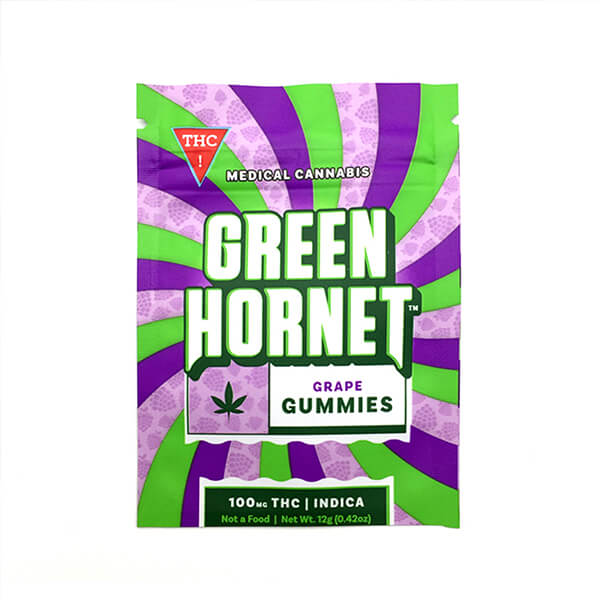
Cannabis Gummies Packaging
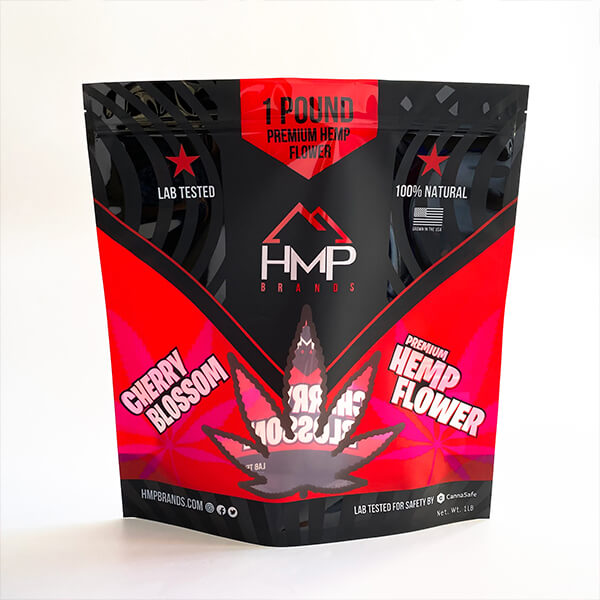
Cannabis Flower Packaging
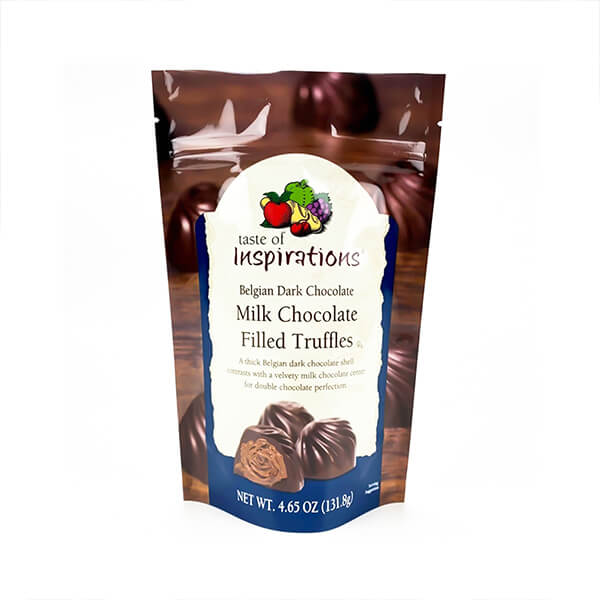
Cannabis Chocolate Packaging
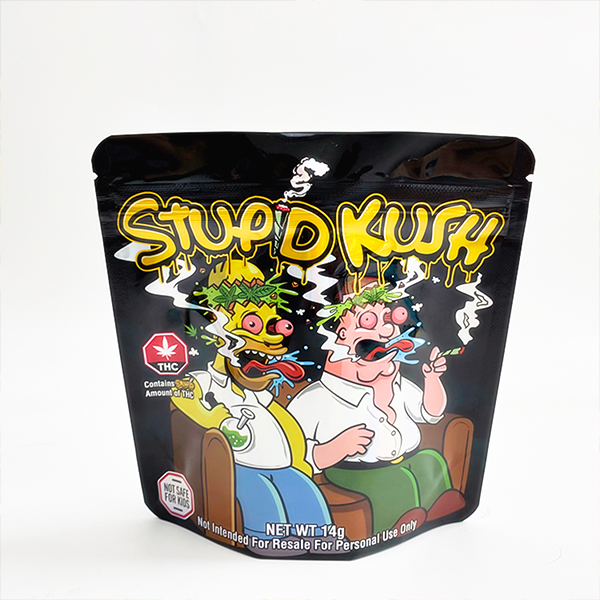
Edible Packaging
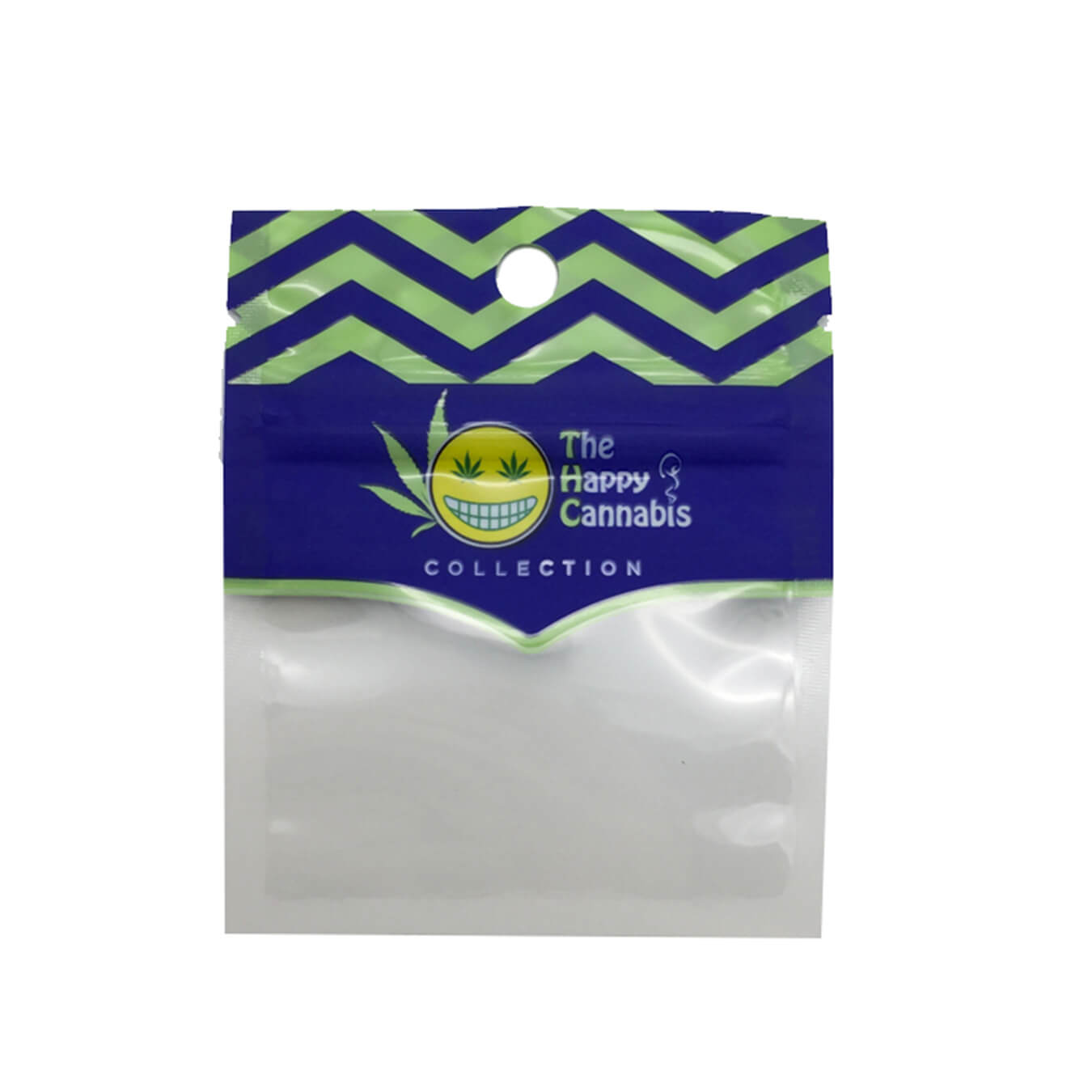
THC Packaging
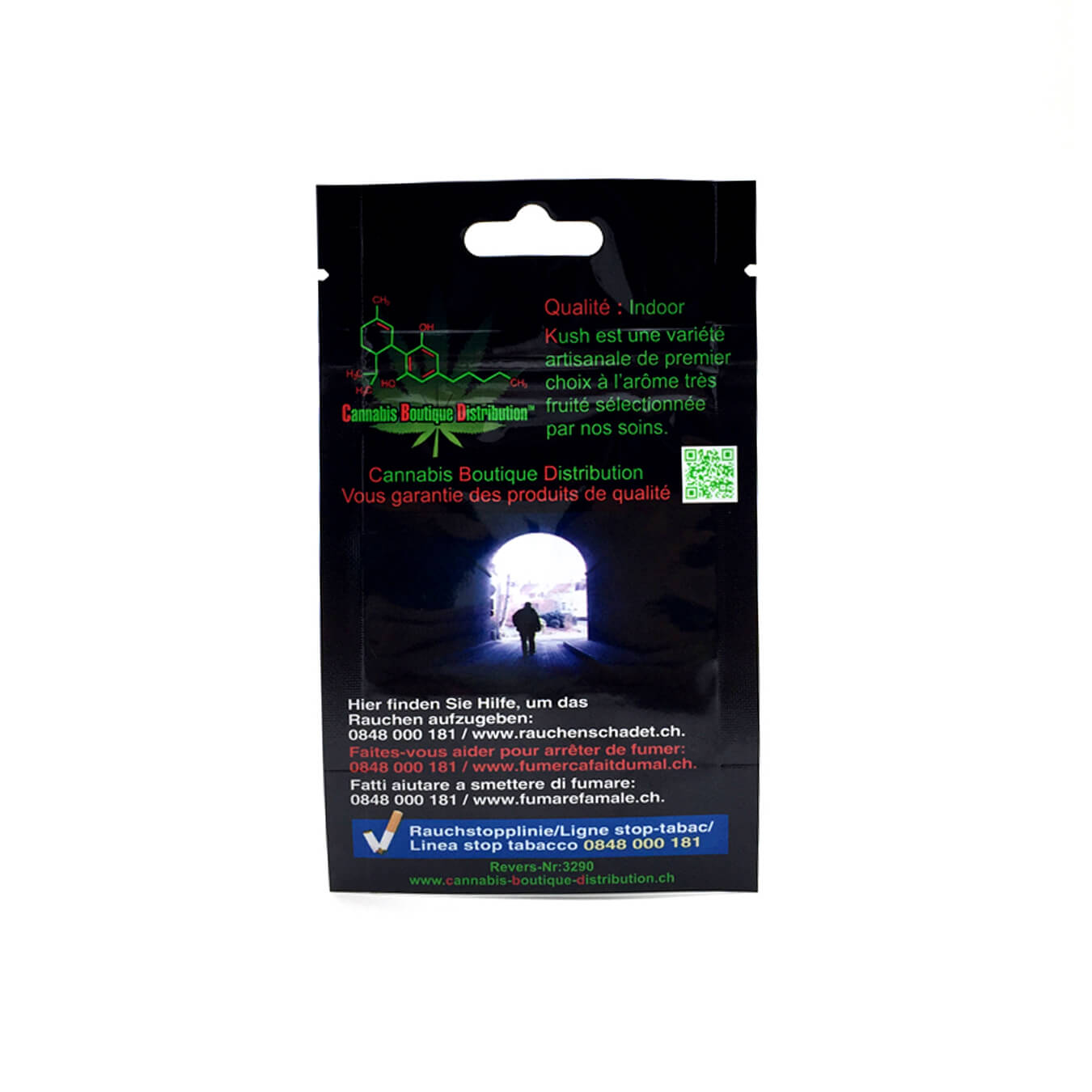
CBD Packaging
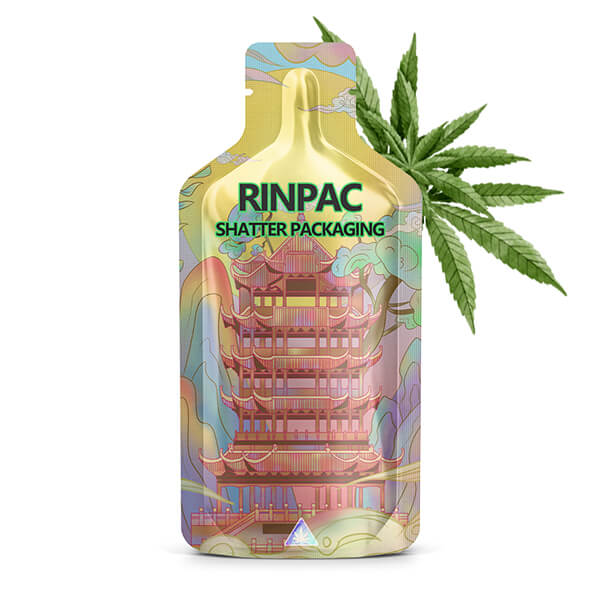
Shatter Packaging
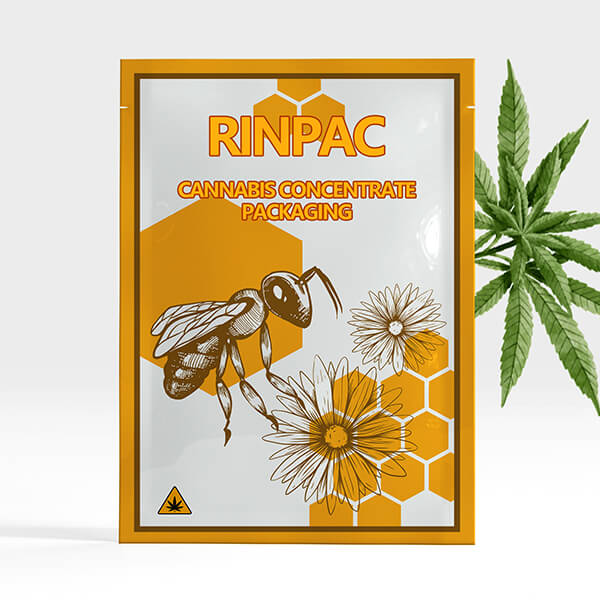
Cannabis Concentrate Packaging
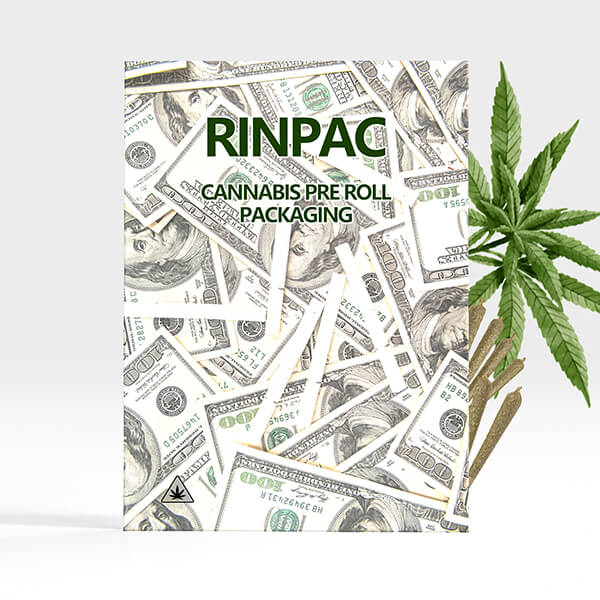
Cannabis Pre Roll Packaging
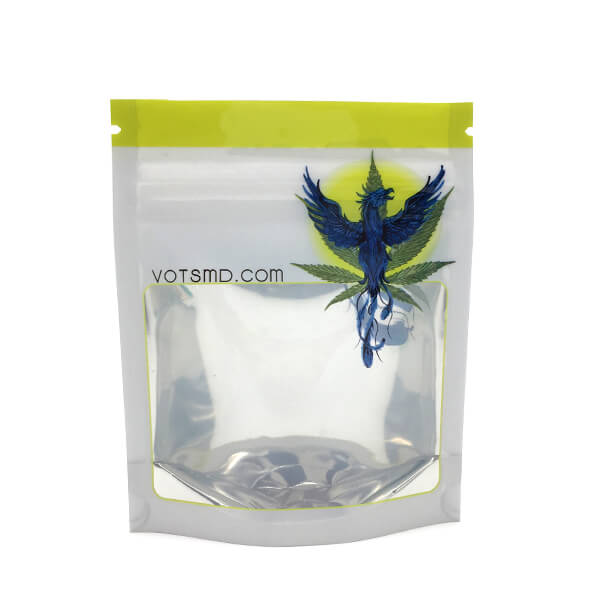
Dispensaries Packaging
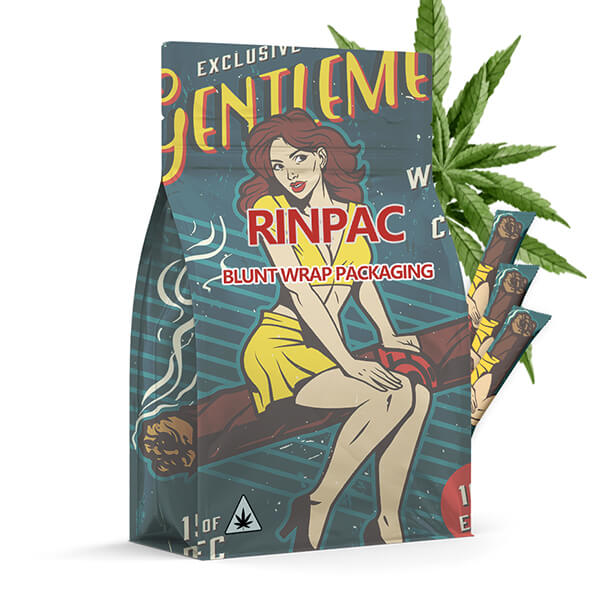
Blunt Wrap Packaging
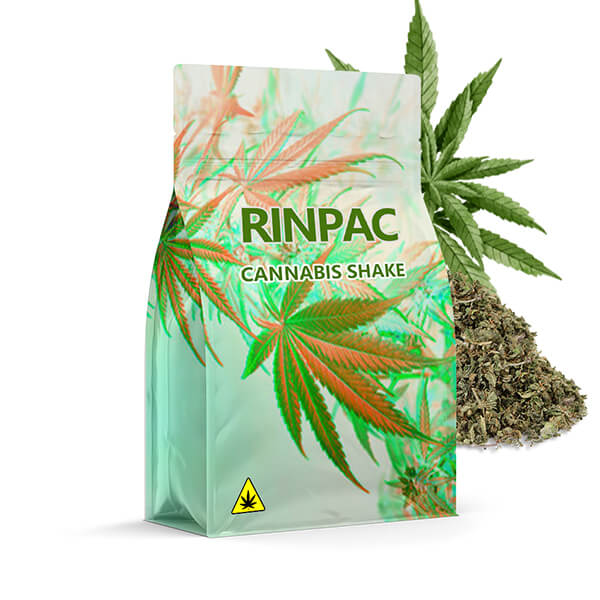
Cannabis Shake Packaging
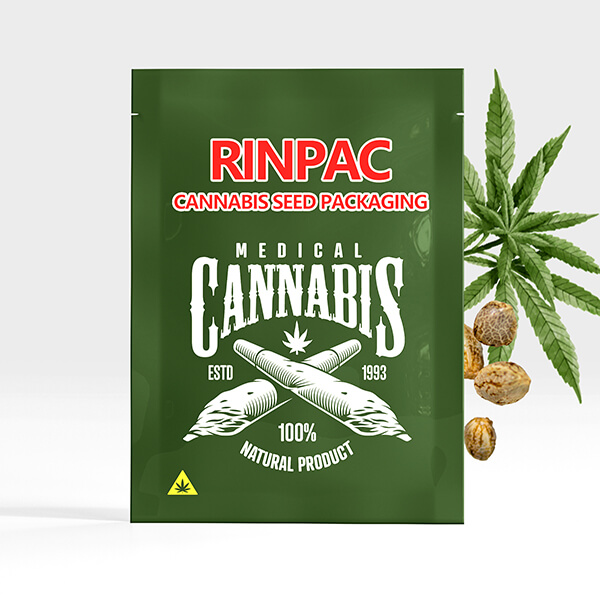
Cannabis Seed Packaging
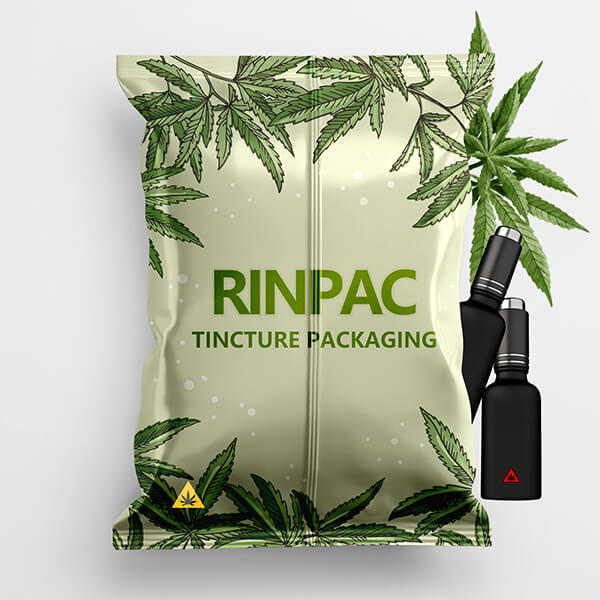
Tincture Packaging
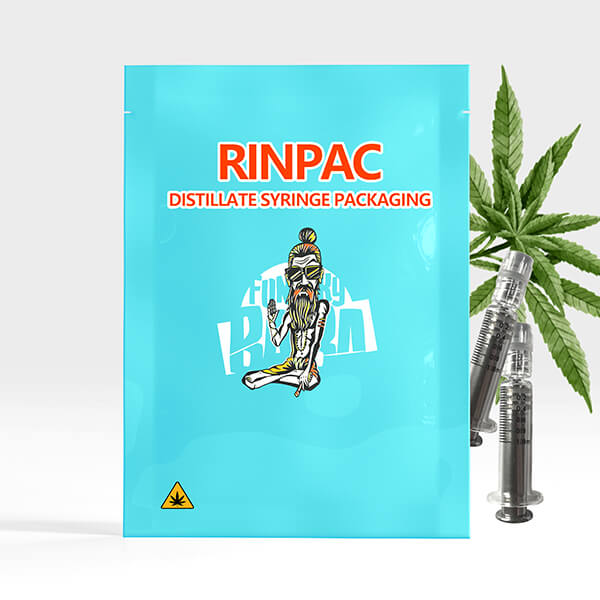
Distillate Syringe Packaging
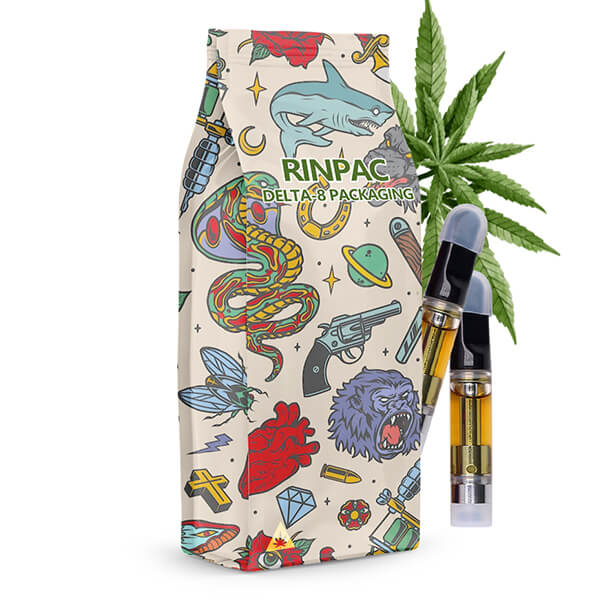
Delta-8 Packaging
Cannabis Seed Packaging: Preserving Potency and Purity
Cannabis cultivation has come a long way, thanks to advancements in genetics and breeding techniques. Cannabis seeds are the starting point for every successful grow, making their preservation and packaging of utmost importance. In this article, we will explore the world of cannabis seed packaging, focusing on the factors that ensure the potency and purity of these valuable seeds.
Introduction
Cannabis seeds are the foundation of every successful cannabis crop. Whether for personal use or commercial cultivation, the quality and viability of these seeds are paramount. This article delves into the world of cannabis seed packaging, emphasizing the vital role it plays in preserving the genetic potential of each seed.
The Significance of Cannabis Seed Packaging
Proper cannabis seed packaging is not just about aesthetics; it directly impacts the seeds’ viability, potency, and longevity. The packaging should protect the seeds from external factors that could compromise their integrity.
Protecting Genetics: Airtight Containers
One of the primary functions of cannabis seed packaging is to ensure an airtight seal. This hermetic environment prevents moisture, light, and oxygen from affecting the seeds. Preserving the genetics in their most pristine state is essential.
Labels and Strain Information
Accurate and comprehensive labeling is a must. Customers and cultivators rely on strain information, including genetics, THC/CBD ratios, and any specific cultivation instructions. Detailed labels help users make informed decisions.
Longevity and Shelf Life
Cannabis seeds can remain viable for years if stored correctly. The packaging must support long-term storage by shielding the seeds from environmental factors that can degrade their quality.
Packaging Materials
The choice of packaging materials affects the environmental footprint and protection of the seeds. Sustainable options and materials that prevent contamination are favored.
Environmental Responsibility
As with all industries, environmental responsibility is a growing concern in cannabis. Packaging should be designed with sustainability in mind to minimize waste and environmental impact.
Legislation and Compliance
Cannabis seed packaging regulations vary by region. Staying informed and compliant with local laws is essential to avoid legal issues.
Consumer Guidance
Educating consumers about proper storage and cultivation techniques is vital. Packaging can include instructions and guidance to ensure the best possible results.
Challenges in Cannabis Seed Packaging
The cannabis industry faces unique challenges, including evolving regulations, counterfeiting, and market competition. Navigating these challenges is crucial for businesses in this sector.
Conclusion
Cannabis seed packaging is more than a protective shell; it’s a custodian of genetic potential. Proper packaging ensures that these seeds retain their potency and purity from the moment they are purchased until they are ready to be planted. It’s a critical aspect of the cannabis industry that benefits both consumers and cultivators.
FAQs
Can I reuse cannabis seed packaging for storing harvested seeds?
It’s not recommended to reuse packaging for storing harvested seeds, as it may not provide the same level of protection as the original packaging.
What is the ideal storage temperature for cannabis seeds?
Cannabis seeds should be stored in a cool, dark place, ideally around 40-45°F (4-7°C).
Are there specific regulations for cannabis seed packaging in different countries?
Yes, regulations can vary widely by country and even within regions. It’s crucial to research and adhere to local laws.
Can I purchase cannabis seeds online, and how are they usually packaged for shipping?
Many seed banks offer online purchasing, and seeds are typically shipped in discreet, secure packaging to ensure safe delivery.
What should I do if I suspect that the packaging of the cannabis seeds I bought is damaged or compromised?
Contact the seller immediately to address any concerns about damaged or compromised packaging. It’s essential to preserve the seeds’ integrity.
